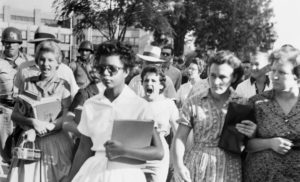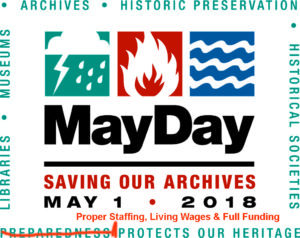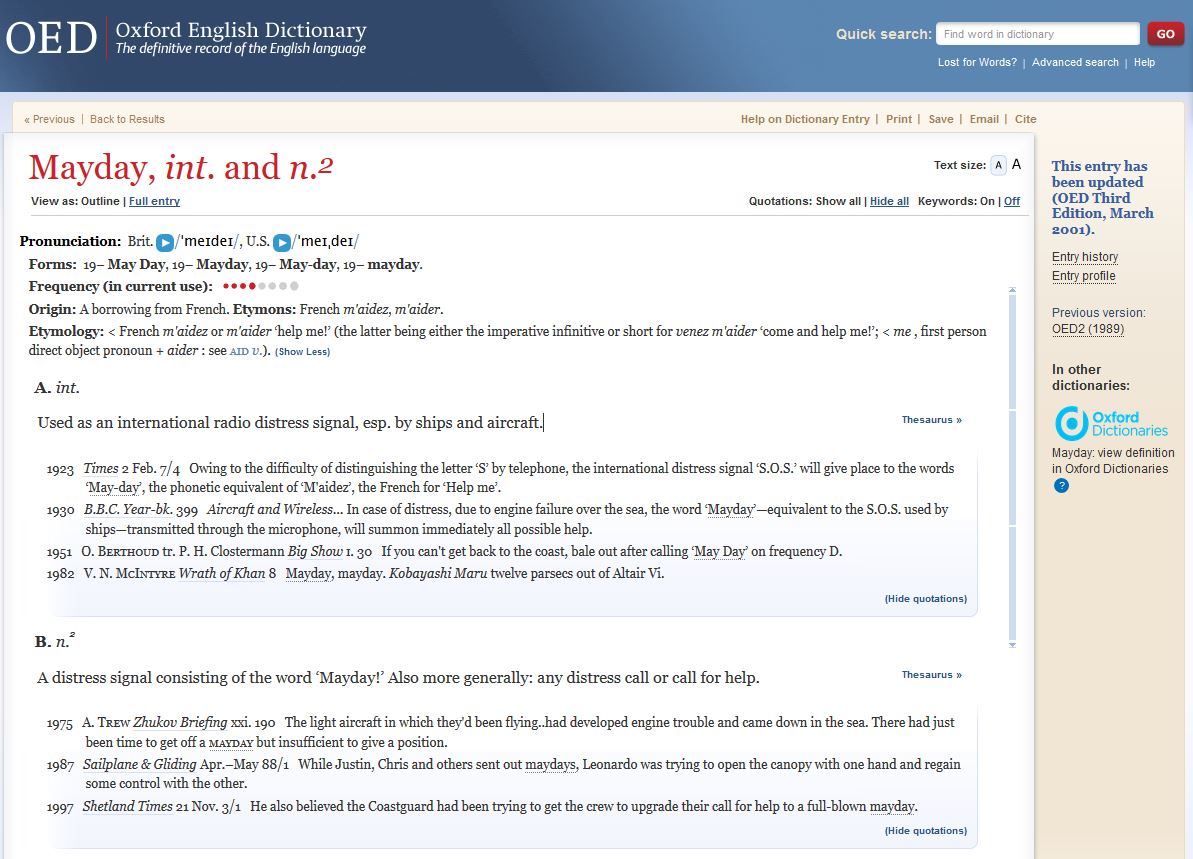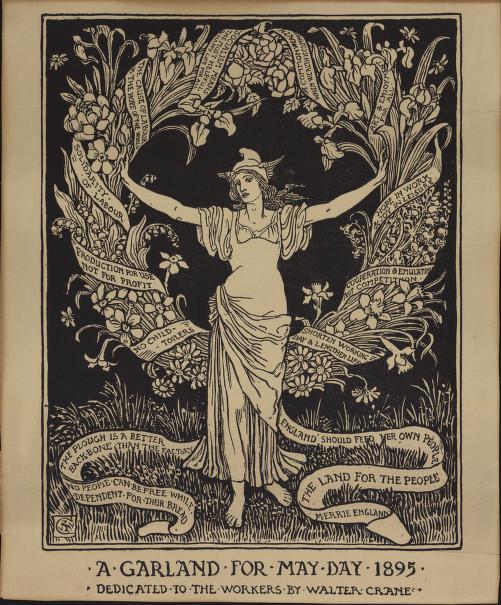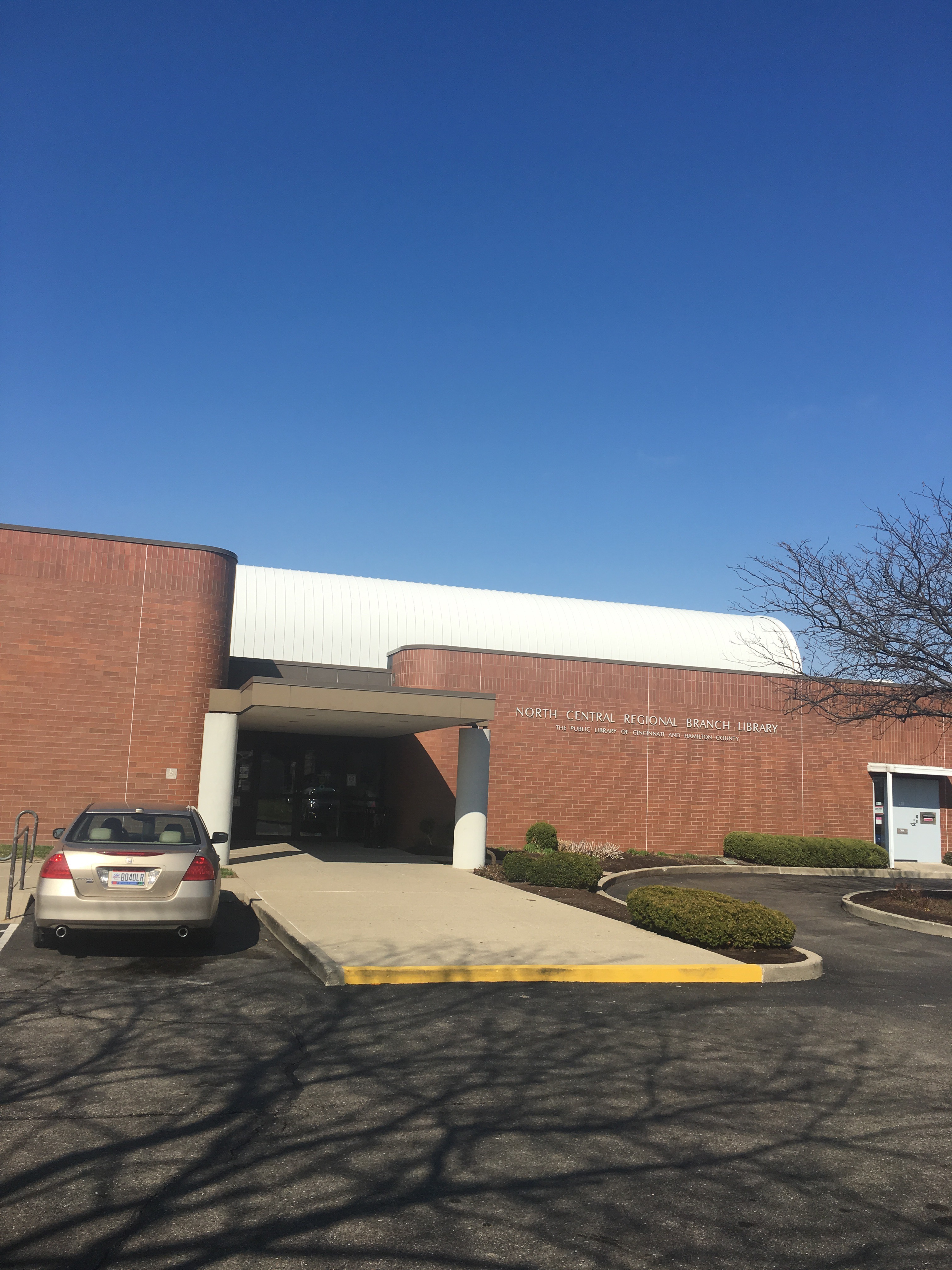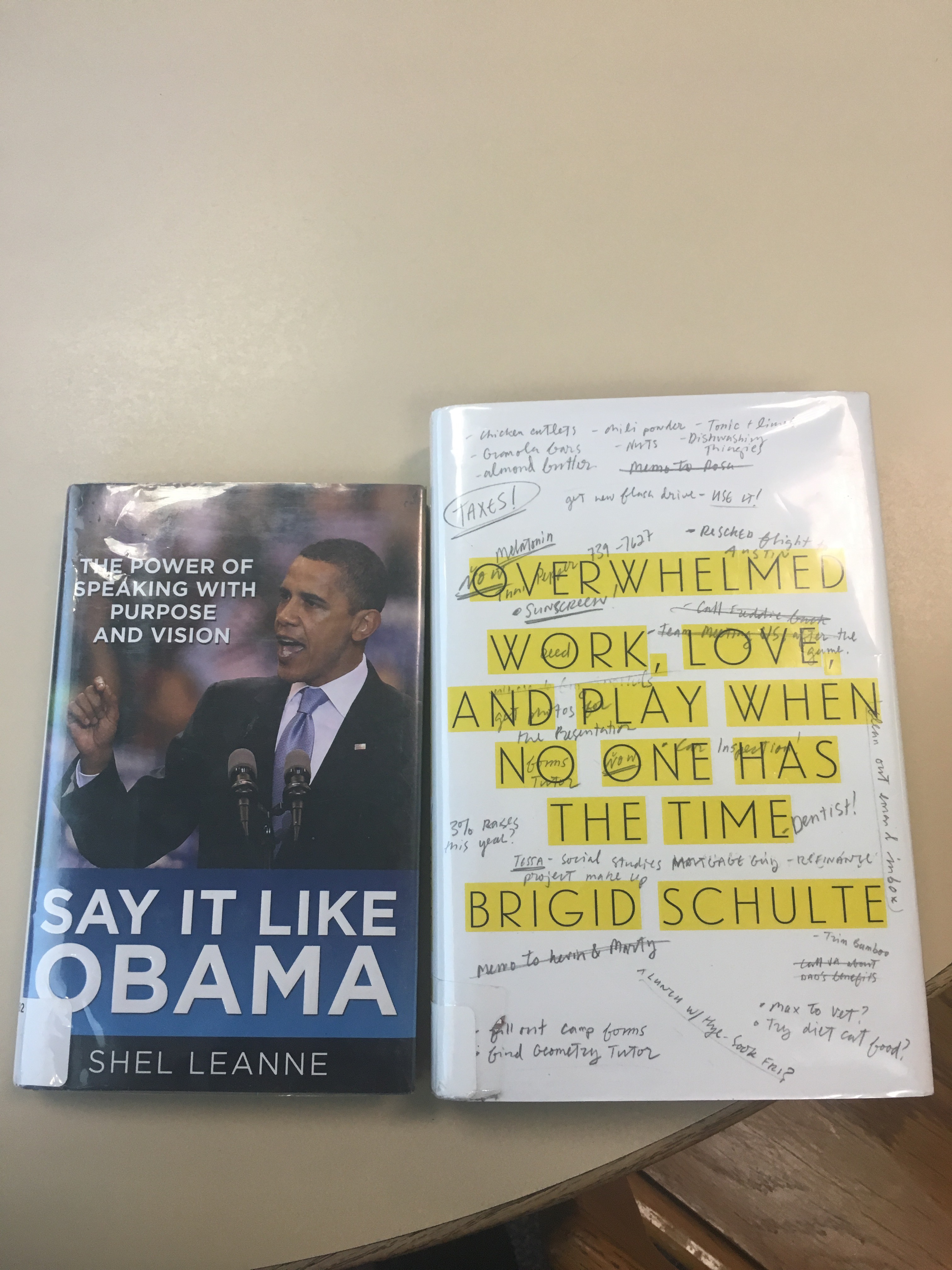2023 (and early 2024) media highlights
I usually write my media highlights roundups in late January/early February of each year. But in late January/early February of this year, I was hospitalized for 10 nights with a burst appendix, and then my elderly father was also admitted to the same hospital following a fall. He passed away shortly after his surgery. 2023 was already an intense year to begin with, given my transition to self-employment and my father’s declining health and move from assisted living to skilled nursing. But there were lots of other intense things happening behind the scenes, many of which I have deliberately guarded with privacy and various boundaries, and the media I consumed was part of helping me process the unceasing march of intense issues.
Since this annual media roundup is coming so late, and because I am (joyfully!) less committed to trying to shoehorn my life into the Gregorian calendar these days (chalk it up to aging, being part of a Quaker–Jewish household, or my own interest in following the rhythms of nature more than state-sanctioned timekeeping), I’m going to include not just the best of what I read/watched/listened to in 2023, but also the first part of 2024, since much of what I’m consuming right now is similar to what I was consuming over the last year. I am finally getting my interval appendectomy in a few days, and hopefully much of my media consumption over the next stretch of the calendar will be comfort viewing as I recover from surgery.
One other less visible aspect of my life that has decidedly shaped my media consumption for the last several months is that I have intentionally dialed my social media use way, way back. I have a lot of reasons for this that are incredibly personal, that my friends are encouraged to ask me about, and that perhaps one day I’ll feel equipped to discuss publicly. More and more, I’m feeling that my rejection of algorithmically-driven social media is an extension of my commitment to the Quaker peace testimony and my long-held skepticism towards social media, which I feel often accelerates the normalization and rhetoric of violence.
Previous year round ups can be found below:
(ps – if you want more regular recommendations, especially related to climate change, labor, and cultural heritage, my monthly business newsletter has a recommendations section)
Business development
The Deliberate Freelancer (podcast, Melanie Padgett Powers) – Hands down one of the best self-employment podcasts out there. I like how Melanie is down to earth, and manages to be motivational and assertive without slipping into cliched girlboss nonsense. Without a doubt, this has probably been the single most helpful media resource I’ve used on my self-employment journey.
The Self-Employed Life (book, Jeffrey Shaw) – I really like how this book breaks down self-employment into three major areas, of personal development, business development, and daily habits. Shaw uses a lot of ecosystem metaphors, which I appreciate.
The Good Enough Job (book, Simone Stolzoff) – One of the things I really like about Simone’s book is the recognition that some of us really like to work, but that finding a job that is a good fit for the work we want to do is a challenge because, lol, late stage capitalism. This is a great book that interviews lots of thoughtful working people about their jobs and making a living (including librarian Fobazi Ettarh!)
Hard times
Maybe You Should Talk to Someone (book, Lori Gottlieb) – A therapist talks about going to therapy for herself. I have sought out and benefited from therapy periodically long before reading this book, but reading it was a good reminder to bring it closer to the top of my tool box.
Life is in the Transitions (book, Bruce Feiler) – I think I got this recommendation from a cohort group for arts entrepreneurs I was in during late 2023, and I am immensely grateful to have read it before my appendix burst and my dad died. Bruce’s book talks about how life is essentially a series of lifequakes, or events that completely derail one’s life, and what people do to navigate through them. One of the things I kept thinking about while I was in the hospital, and then when I was at home with this horrible abscess drain and dealing with my Dad’s end of life logistics was how surreal everything felt. I remembered Bruce had written in his book about how it’s not uncommon for a lot of people to experience multiple crises at once, and just remembering that little fragment of the book helped make my incredibly weird shitshow feel somehow… kind of normal?
Everything Happens for a Reason (book, Kate Bowler) – I read this book after I was discharged from the hospital and I devoured it. Kate is a Mennonite who has specialized in the academic study of prosperity gospel strains of evangelical Christianity, and who wrote about the experience of being diagnosed with late stage cancer while also mothering a young child. I was in such raw emotional and physical pain earlier this year, and for a time only felt like I could consume content from other people who had been through it. I think I might have found this book when googling “things to never say to someone who has been through a crisis” because I needed validation for how fucking sick I was of people saying “Please let me know how I can help!” (hint: never ever ever say this to someone going through a life-altering crisis, seriously, don’t do it. It puts the onus back on the person who is going through some shit to basically assign you homework, which as it turns out, some people won’t do even if you’re honest with them about what you need! If you actually want to show you care, then drop off a lasagna, or Venmo them $100, or send them flowers, or cat memes. Basically do anything except say “Let me know how I can help!” which is possibly the most useless phrase in the English language. I will always be grateful to the people who just did something rather than giving me yet another message I felt obligated to respond to during a crisis.)
Climate change
The Ministry for the Future (book, Kim Stanley Robinson) – Kim Stanley Robinson’s most recent climate change novel weaves together the stories of several major and minor characters experiencing heat waves, drought, extractive colonialism, and international climate change policy making. Much like KSR’s previous novel New York 2140 (one of my favorite reads of 2022) the story ends on a cautiously hopeful – and musical – note.
The Great Displacement (book, Jake Bittle) – This book on how climate change is reshaping where Americans live and work is an accessible introduction for anyone new to the concepts of managed retreat and voluntary buyouts.
The Wild Wild West of Climate Modeling (podcast episode) – I learned about climate change data analytics firms while attending Columbia University’s Managed Retreat conference. Although these firms have quite a bit of variation, most of them combine public and private data sources and attempt to quantify long-term risk and predicted increase in value for specific locations. The finance and insurance industries are quite literally making immense investments in these firms to guide their decision making. Yet because they are wildly unregulated, there is potential for these tools to exacerbate issues like climate gentrification. This podcast episode was an incredibly clear explanation of the importance and implications of these new data firms.
Quaker life
Thee Quaker Podcast (podcast) – This is a terrific new podcast that is so lovingly produced and an incredible pleasure to listen to. The hosts take you through all aspects of Quaker history, theology, and practice, from famous Quakers like Bayard Rustin and James Naylor, to clips from vocal ministry at meetings for worship, to things like the story of a Quaker military chaplain. Over the last year I had to spend several hours migrating my Quaker meeting’s website to a new platform, and Thee Quaker Podcast was a frequent companion during that process.
Jewish diaspora
The Yiddish Policemen’s Union (book, Michael Chabon) – I started reading this around New Years and finished it on the second night of Passover. This is a detective noir book set in an alternate universe in which a significant contingent of the European Jewish diaspora settled in part of Alaska (loosely based on a real-life unrealized proposal from FDR’s administration) and is facing a new period of potential displacement. It was a haunting book, particularly given current events around Israel and Palestine, and Jewish safety.
“Piecing for Cover” (article, Ayelet Waldman) – Waldman’s article in the New Yorker about the stress of the October 7 Hamas attacks on Israel and Israel’s subsequent war on Gaza, and using quilting as a stress response when you feel helpless to change things, really hit home for me. Sewing has often been my own stress response (I sewed curtains the day after the 2004 George W. Bush election), and I have been quilting a lot over the last several months in response to news near and far.
The Ezra Klein show (podcast) – Ezra Klein’s podcast has been a favorite of mine for some time now, and he is an incredibly curious, skilled, and empathetic interviewer. Since October 7, he has done a number of episodes on Israel and Palestine featuring a range of perspectives from Palestinians and Israelis. I am deeply grateful for how his podcast has been a shining example of sensitive discourse and listening to perspectives that are often dismissed around a topic that all too often has more heat than light.
